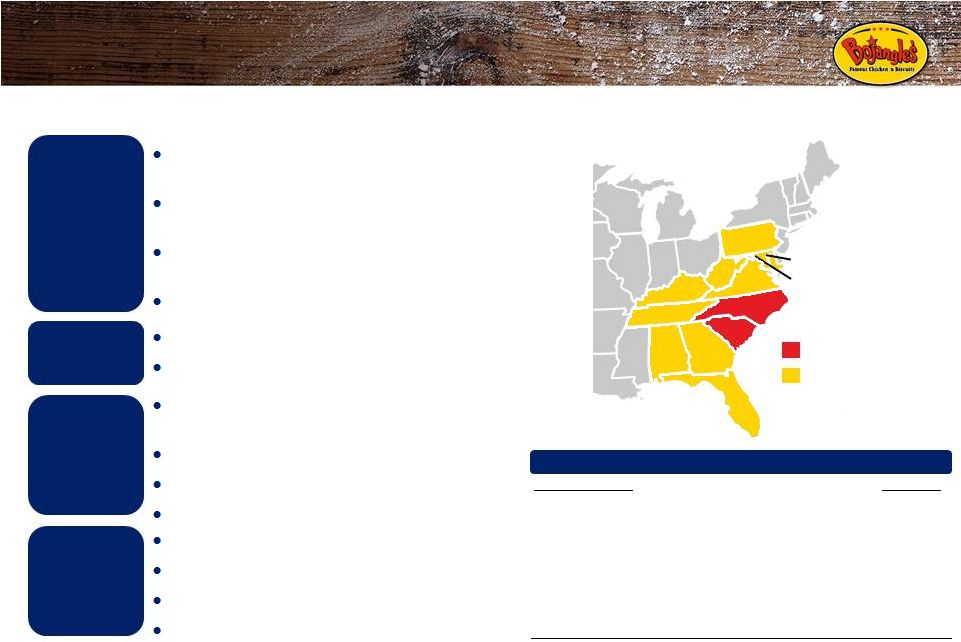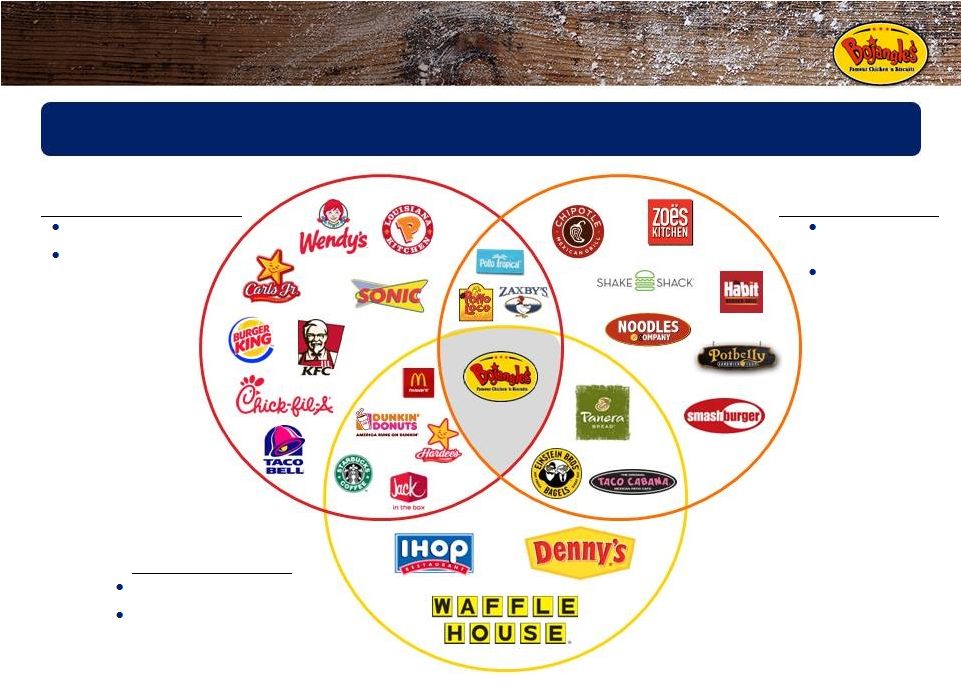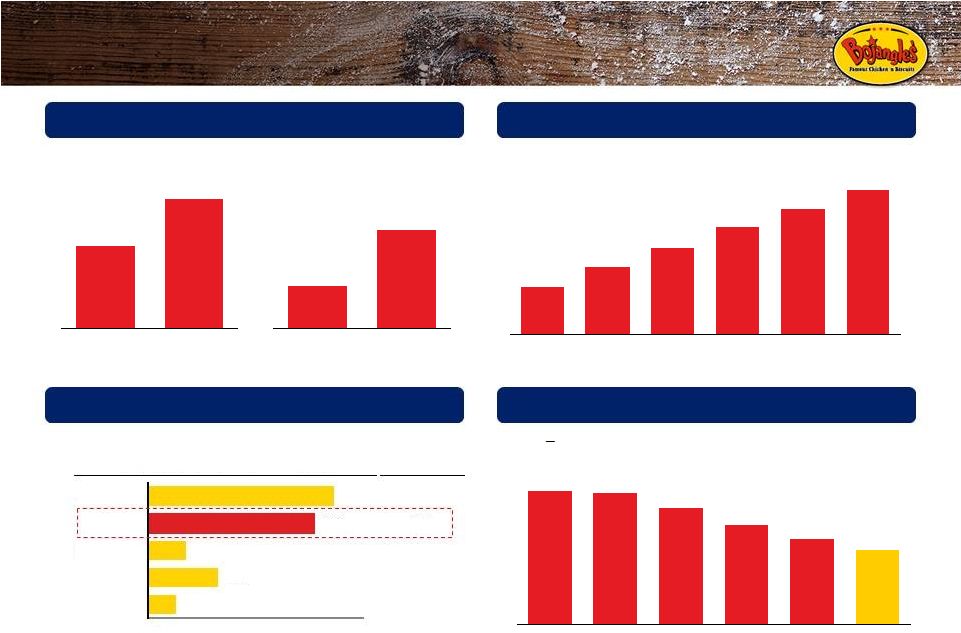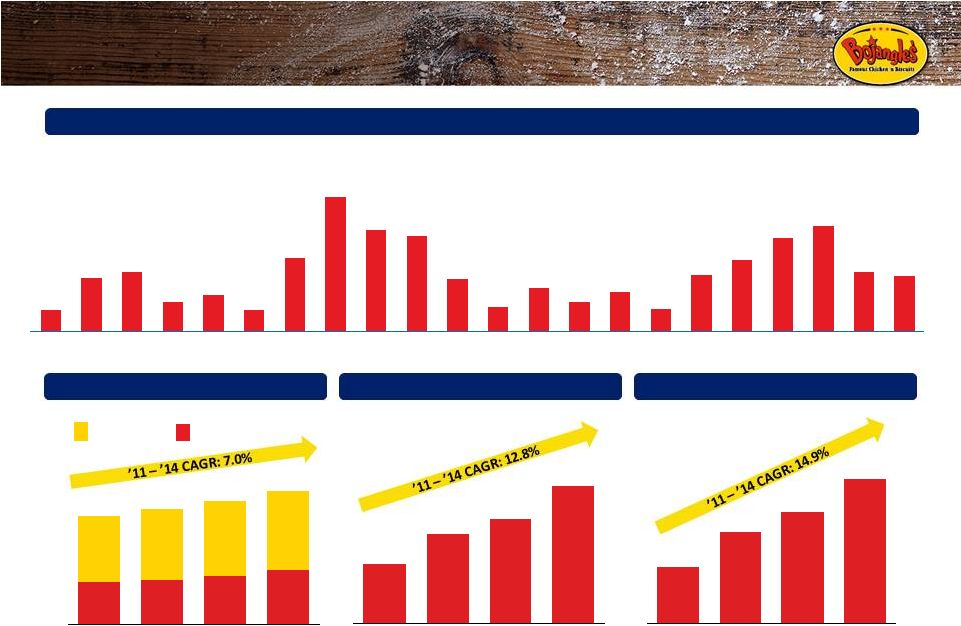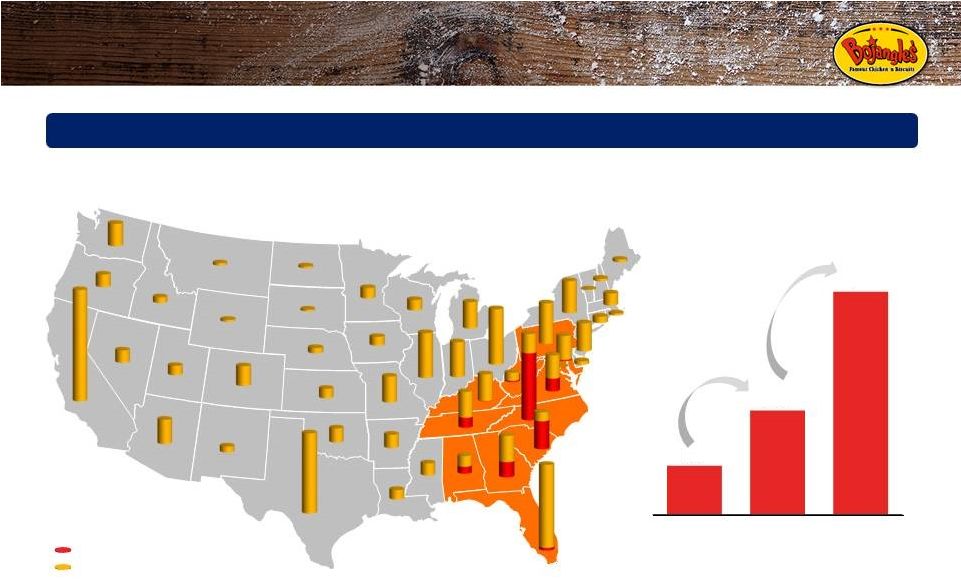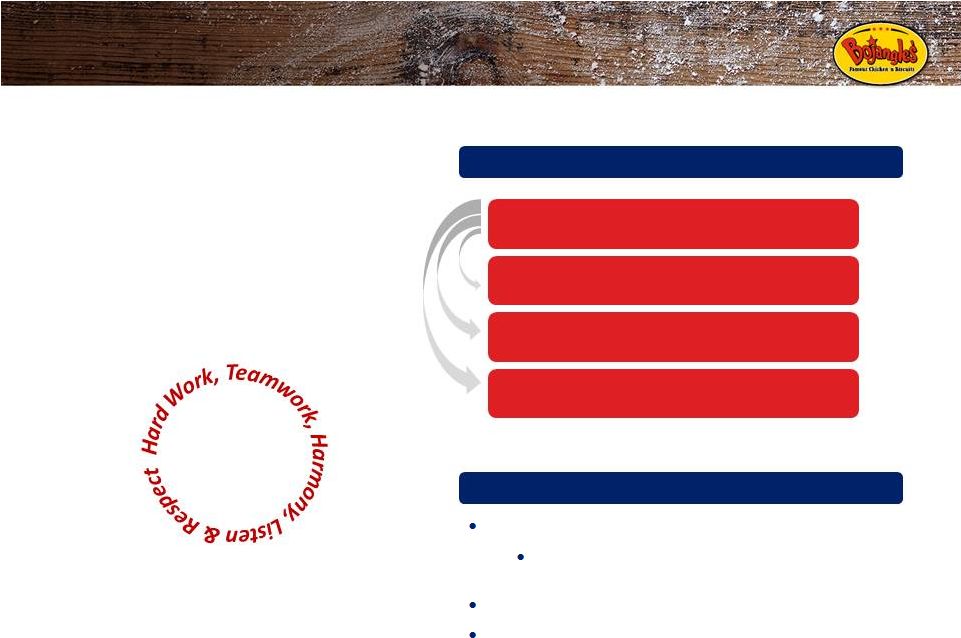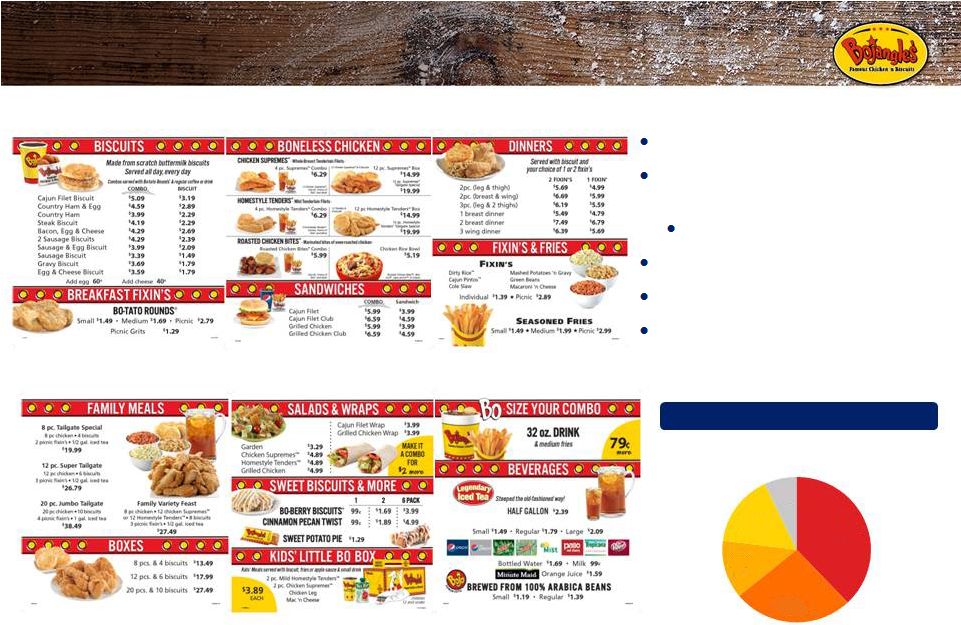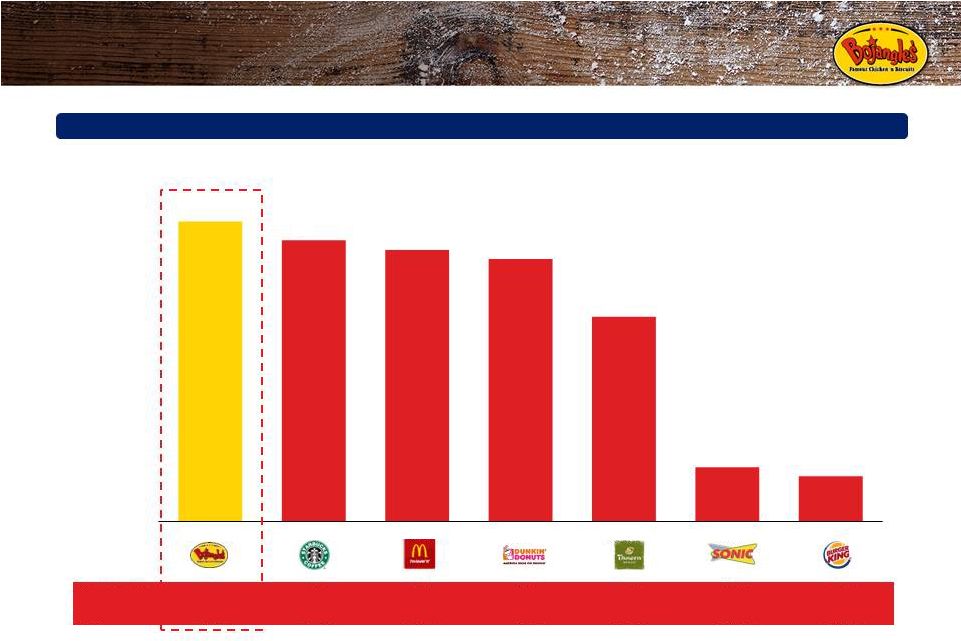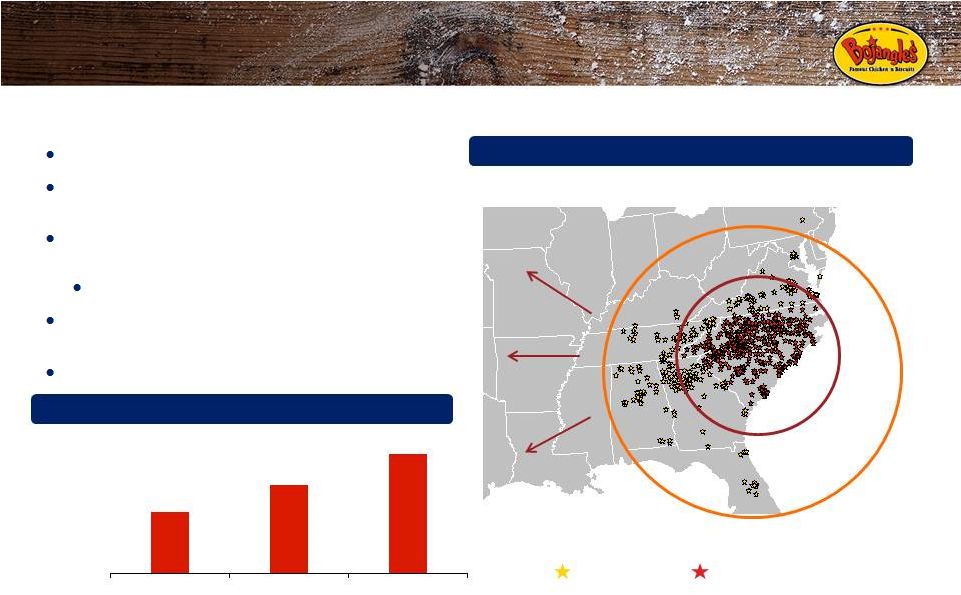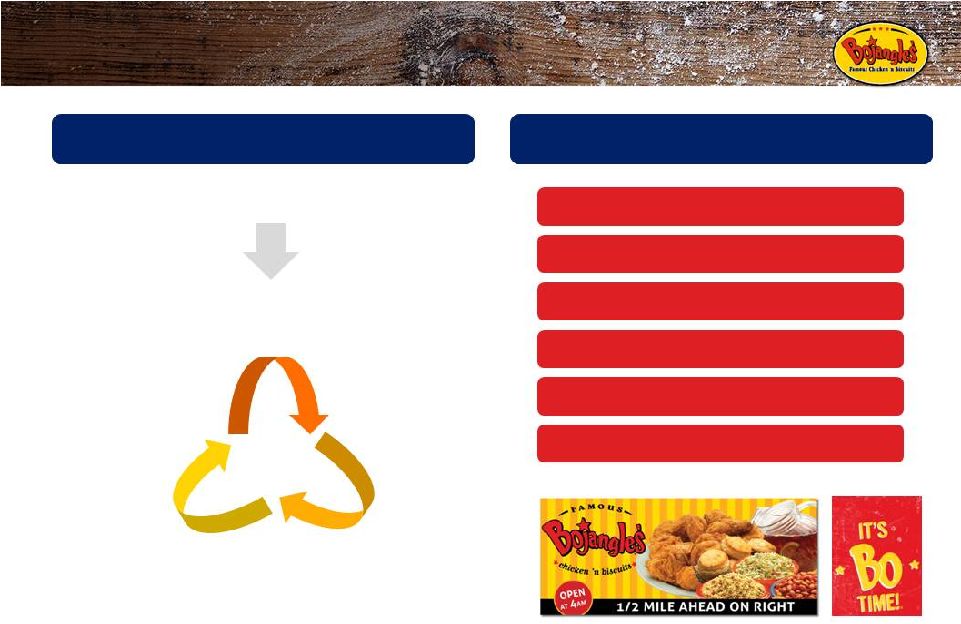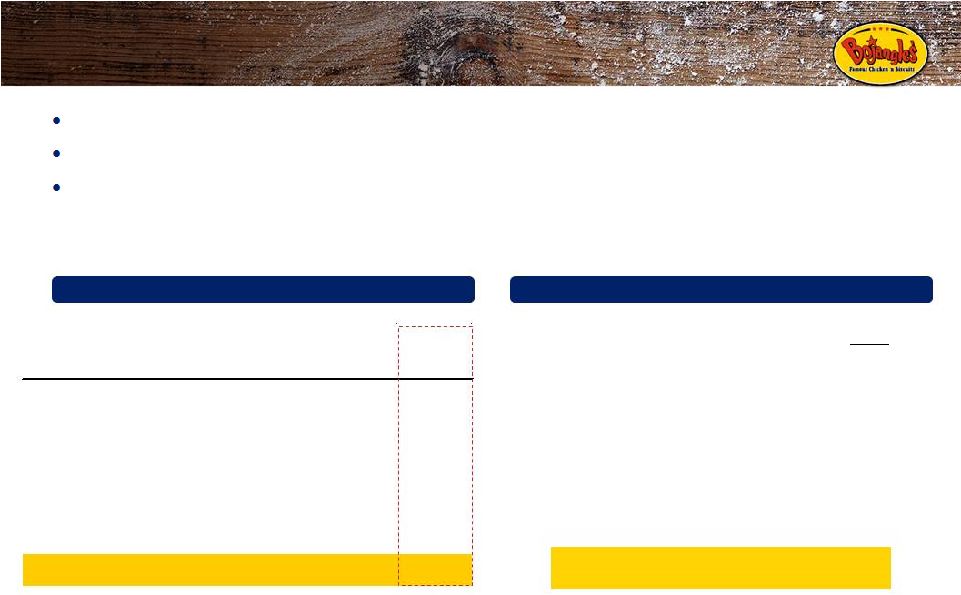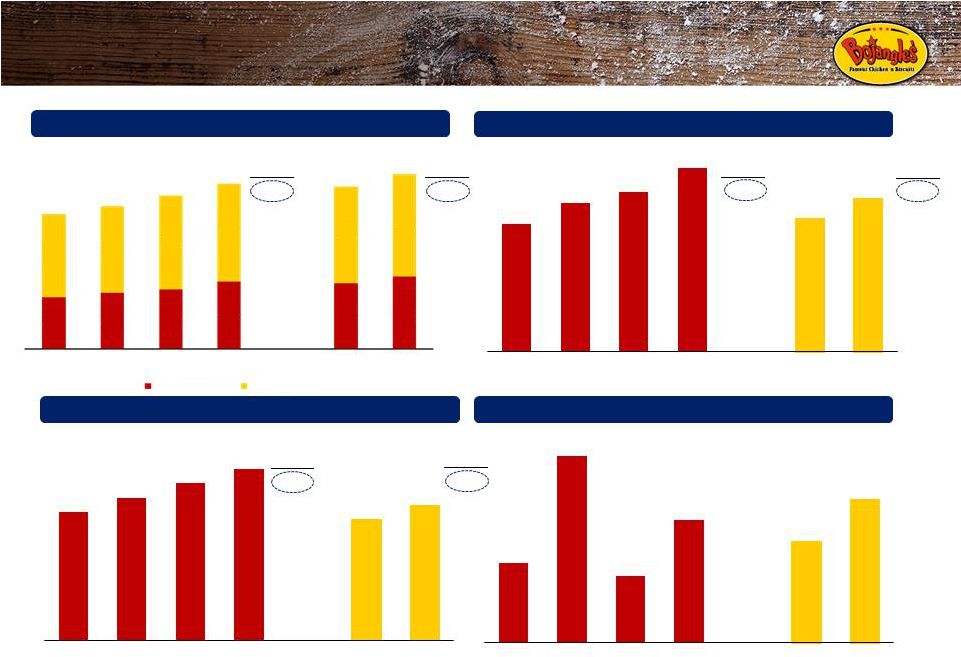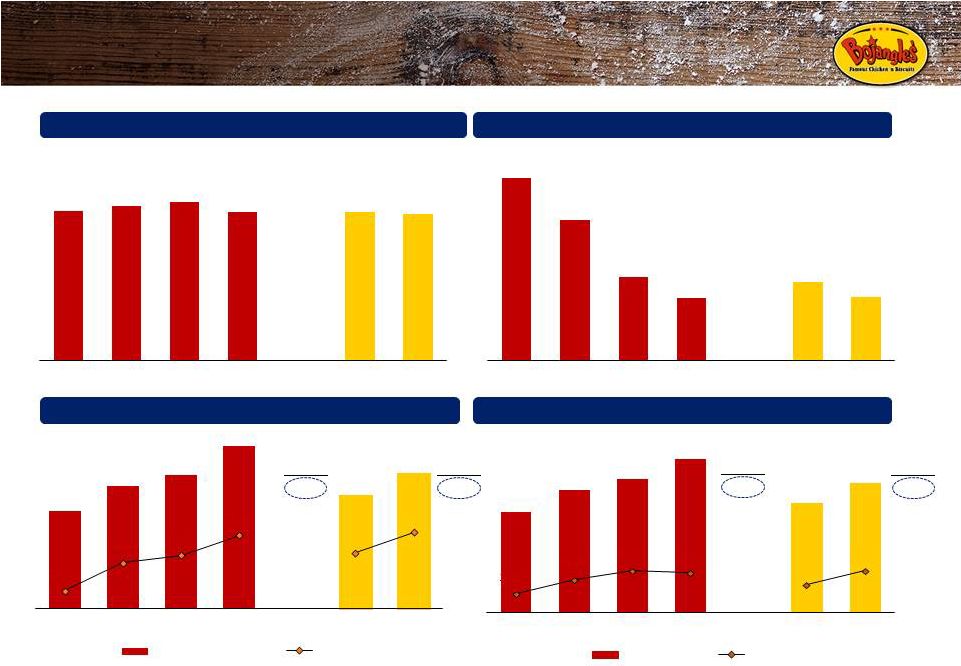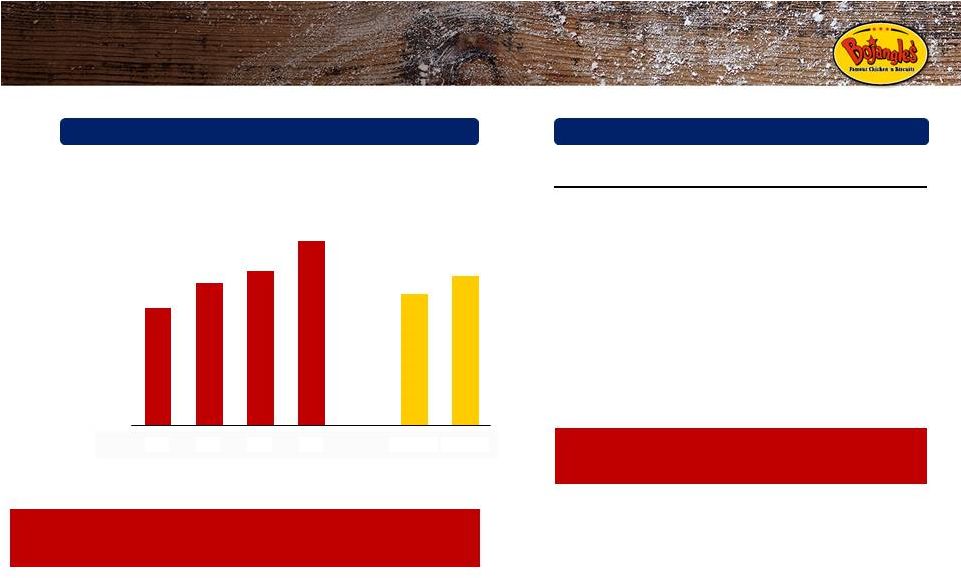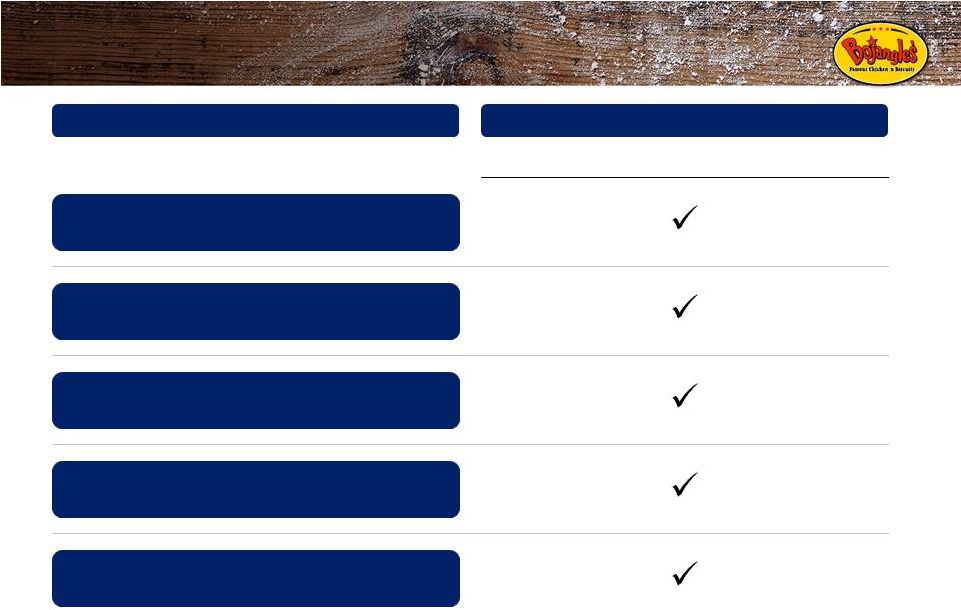Cautionary Statements 2 Forward-Looking Statements This presentation contains forward-looking statements. All statements other than statements of historical fact included in this presentation are forward-looking statements. Forward-looking statements discuss our current expectations and projections relating to our financial condition, results of operations, plans, objectives, future performance and business. These statements may be preceded by, followed by or include the words “aim,” “anticipate,” “believe,” “estimate,” “expect,” “forecast,” “intend,” “outlook,” “plan,” “potential,” “project,” “projection,” “seek,” “may,” “could,” “would,” “will,” “should,” “can,” “can have,” “likely,” the negatives thereof and other words and terms of similar meaning. These statements are not guarantees of future performance and involve a number of known and unknown risks, assumptions, trends, uncertainties and factors that are beyond our control, including without limitation, those identified in the Company’s prospectus and subsequent quarterly reports on Form 10-Q under the sections titled “Risk Factors,” “Cautionary Note Regarding Forward-Looking Statements,” and “Management’s Discussion and Analysis of Financial Condition and Results of Operations.” Should one or more of these risks or uncertainties materialize or should underlying assumptions prove incorrect, actual results may vary materially from those anticipated, estimated or projected. You should not place undue reliance on these statements. We have based these forward-looking statements on our current expectations and projections about future events. Although we believe that our assumptions made in connection with the forward-looking statements are reasonable, we cannot assure you that the assumptions and expectations will prove to be correct. All forward-looking statements speak only as of the date of this document. We undertake no obligations to update or revise publicly any forward-looking statements, whether as a result of new information, future events or otherwise other than as required under the federal securities laws. Note Regarding Non-GAAP Measures In this presentation, we include certain supplemental financial measures, including EBITDA, Adjusted EBITDA, Pro Forma Net Income and Pro Forma Diluted Net Income per Share, restaurant contribution and restaurant contribution margin, which are neither required by nor presented in accordance with generally accepted accounting principles in the U.S. (“GAAP”). We use these measures in addition to net income and operating income to assess our performance and believe it is important for investors to be able to evaluate the company using the same measures used by our management. You are cautioned, however, that these measures, as we calculate them, are not necessarily comparable to similarly titled measures reported by other companies. In addition, these measures have limitations as analytical tools and should be considered only in conjunction with our financial results reported under GAAP, and not in isolation. See the Appendix for a reconciliation of each non-GAAP financial measure included in this presentation to its directly comparable GAAP measurement. For more information on why management considers these non-GAAP financial measures to be important indicators of our operational strength and performance, as well as the limitations on these measures as an analytical tool, please see our quarterly report on Form 10-Q for the quarter ended September 27, 2015, under the captions “Key Performance Indicators.” | 


